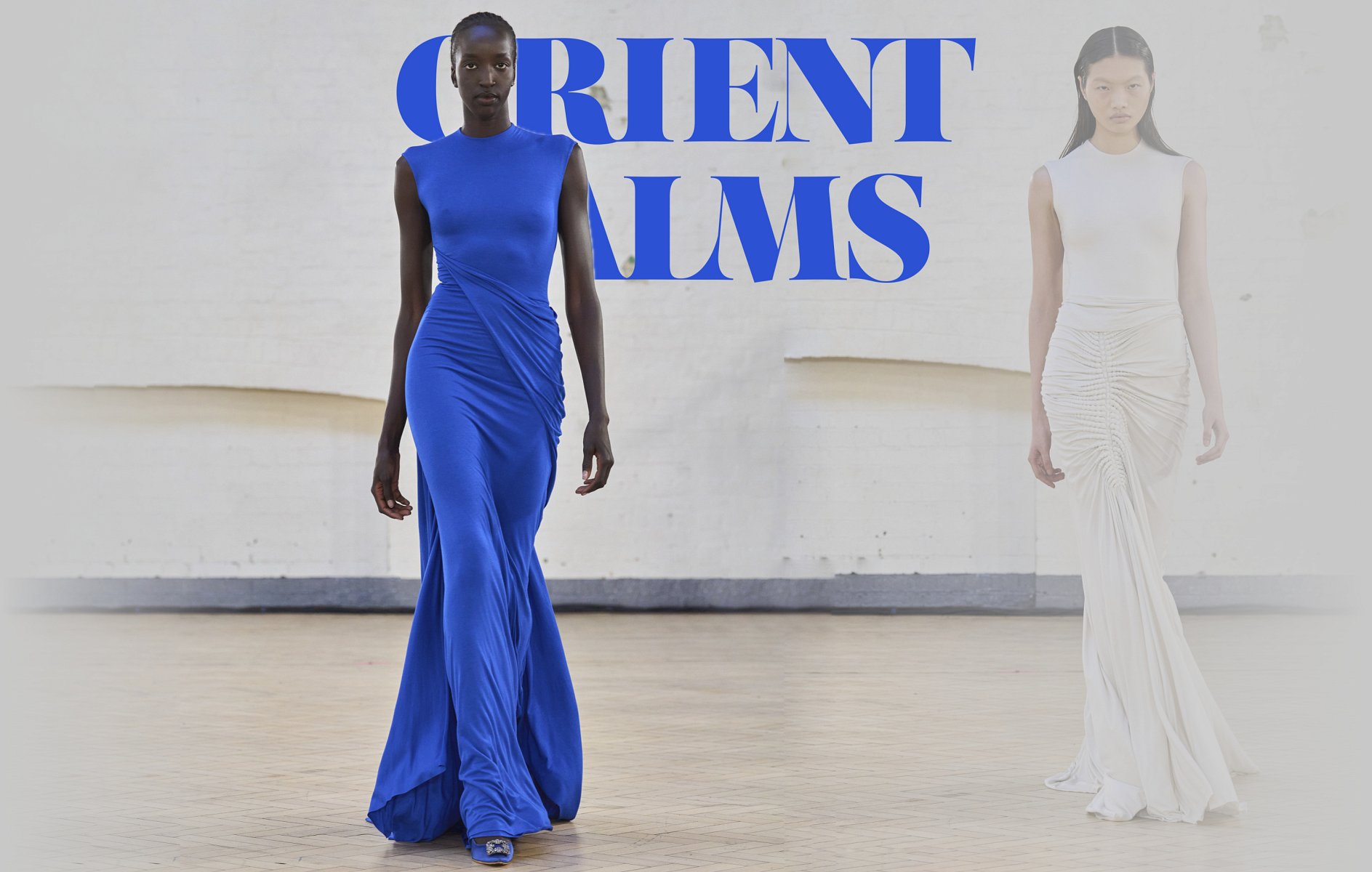Introducing the Rich Heritage of Eastern Style
Discovering the detailed tapestry of Eastern style reveals a globe where tradition satisfies technology, and craftsmanship links with social importance. From the opulent silks of old empires to the complex needlework of nomadic tribes, each garment informs a story that transcends time and boundaries, echoing the rich heritage and artistic heritage of the East. As we peel off back the layers of history and custom, a fascinating journey awaits, unwinding the secrets behind the exciting attraction and enduring impact of Eastern fashion on the worldwide phase.
Origin of Eastern Fashion

In Mesopotamia, for instance, the Sumerians and Babylonians produced garments making use of leather, bed linen, and woollen, embellished with elaborate patterns and fashion jewelry. Old Egyptians are renowned for their innovative weaving skills and making use of lightweight, breathable fabrics like linen. Chinese style stressed the importance of shade meaning and detailed embroidery strategies, while Indian apparel included vivid shades, extravagant fabrics like silk and cotton, and intricate drapery styles such as the saree.
These old human beings not only influenced each other however also led the way for the diverse and culturally rich tapestry that is contemporary Eastern style. Through centuries of advancement, Eastern style remains to grow, mixing custom with modern impacts to develop ageless and unique designs.
Cultural Impacts and Traditions
Drawing from centuries-old customs and ideas, cultural influences and customs play a crucial role in forming the essence of Eastern fashion (eastern wear pakistan). The abundant tapestry of cultures across Eastern areas such as Asia, the Middle East, and Africa has actually greatly influenced the clothing styles, colors, materials, and designs that are prevalent in Eastern fashion today
In nations like India, Japan, and China, typical garments like robes, sarees, and cheongsams proceed to hold substantial social relevance and are frequently adorned with detailed embroidery or symbolic patterns that reflect ingrained beliefs and values. In Middle Eastern countries, the moving abayas and kaftans put on by guys and women not just serve as moderate attire but likewise reflect the area's cultural heritage and Islamic customs.
Furthermore, using particular shades like red permanently luck in Chinese society or intricate geometric patterns influenced by Islamic architecture additionally exhibit how social impacts manifest in Eastern style - eastern wear pakistan. By honoring and maintaining these cultural impacts and practices, Eastern fashion remains to advance while staying true to its abundant heritage
Evolution of Eastern Wardrobe
Over time, Eastern garments have gone through substantial changes, showing a mix of practice and modernity in their style and design. Typical Eastern garments such as the saree, robe, salwar, and hanbok kameez have progressed to include modern elements while preserving their cultural essence.
One remarkable development is the usage of cutting-edge textiles and strategies in Eastern garment construction. Traditional handwoven textiles like silk and cotton have actually been enhanced with modern-day products such as polyester and blends, offering increased toughness and convenience of treatment. Furthermore, innovations in printing modern technologies have actually made it possible for detailed patterns you could try here and designs to be incorporated right into Eastern garments with accuracy and information.
Additionally, modifications in silhouette and tailoring have actually updated Eastern clothes, making them a lot more flexible and appropriate for varied celebrations. Standard gown codes have actually kicked back, permitting experimentation with styles, shades, and decorations. This development has not only made Eastern garments a lot more appealing and obtainable to an international audience but has additionally ensured their proceeded significance in modern fashion landscapes.
Symbolism in Eastern Clothes
Exploring the deep-rooted social value woven right into Eastern outfit introduces a rich tapestry of meaning and practice. Eastern garments are commonly imbued with icons that reflect the wearer's societal condition, spiritual beliefs, and cultural identity.
Additionally, specific garments hold symbolic meanings. Its style, material, and even the way it is worn all lug deep social relevance.

Influence of Eastern Style Today

The consolidation of Eastern components in Western style has caused a combination of styles that satisfy diverse tastes and preferences (eastern wear pakistan). Developers often draw ideas from Eastern materials, shapes, and patterns, creating distinct and innovative items that blend traditional and modern-day looks. This cross-cultural exchange has not only rejuvenated the fashion industry yet additionally cultivated a deeper gratitude for Eastern heritage and craftsmanship
Moreover, the surge of digital systems and social media has even more enhanced the impact of Eastern style, enabling designers and brand names to get to a wider target market and showcase their cultural heritage to the globe. Via partnerships, fashion programs, and online projects, Eastern fashion remains to prosper and develop in today's vibrant and interconnected find more info global landscape.
Final Thought
To conclude, the abundant heritage of Eastern fashion is a testimony to the cultural impacts, elaborate workmanship, and profound significance installed in each garment. From ancient civilizations to modern-day interpretations, Eastern style remains to astound with its unique mix of tradition and technology. The impact of Eastern style today functions as a pointer of the classic beauty and creative expression that have actually made it an international phenomenon celebrated for its rich cultural heritage.
Checking out the detailed tapestry of Eastern style introduces a globe where practice fulfills technology, and craftsmanship intertwines with cultural importance.The click here for more withstanding meaning and cultural relevance installed in Eastern clothing proceed to shape and affect the modern impact of Eastern style today. Eastern style has transcended borders, ending up being a global phenomenon embraced by developers, celebrities, and style lovers worldwide.In verdict, the rich heritage of Eastern fashion is a testament to the cultural impacts, elaborate workmanship, and extensive importance installed in each garment. The impact of Eastern fashion today serves as a tip of the ageless elegance and artistic expression that have actually made it a worldwide phenomenon commemorated for its rich social heritage.